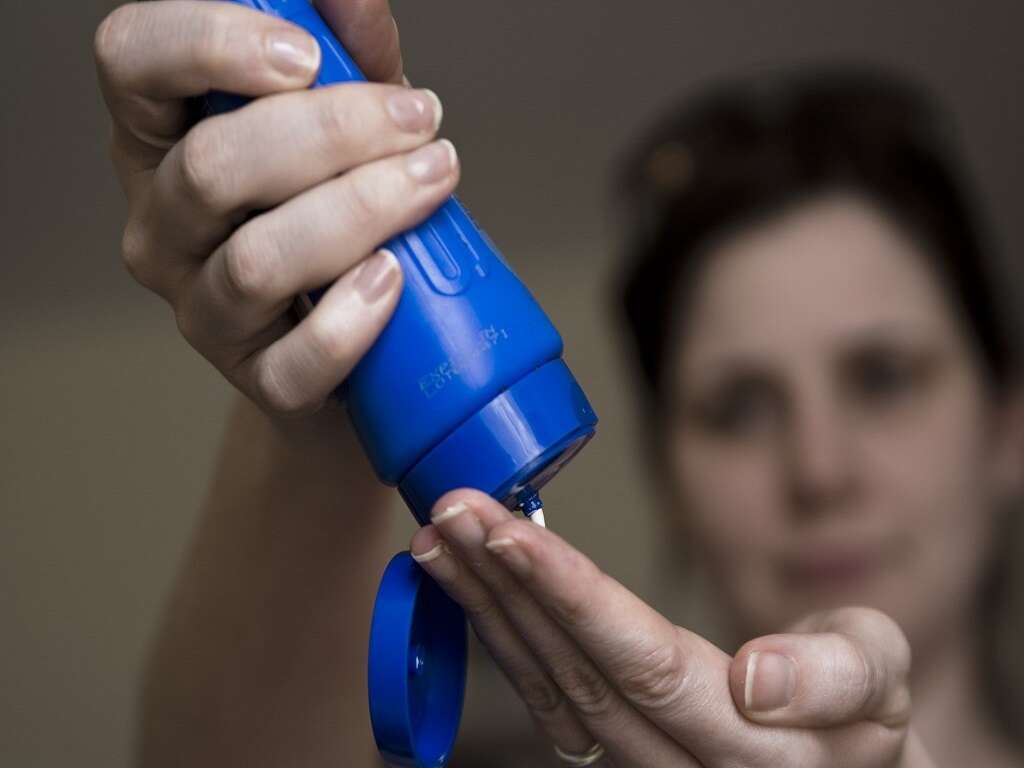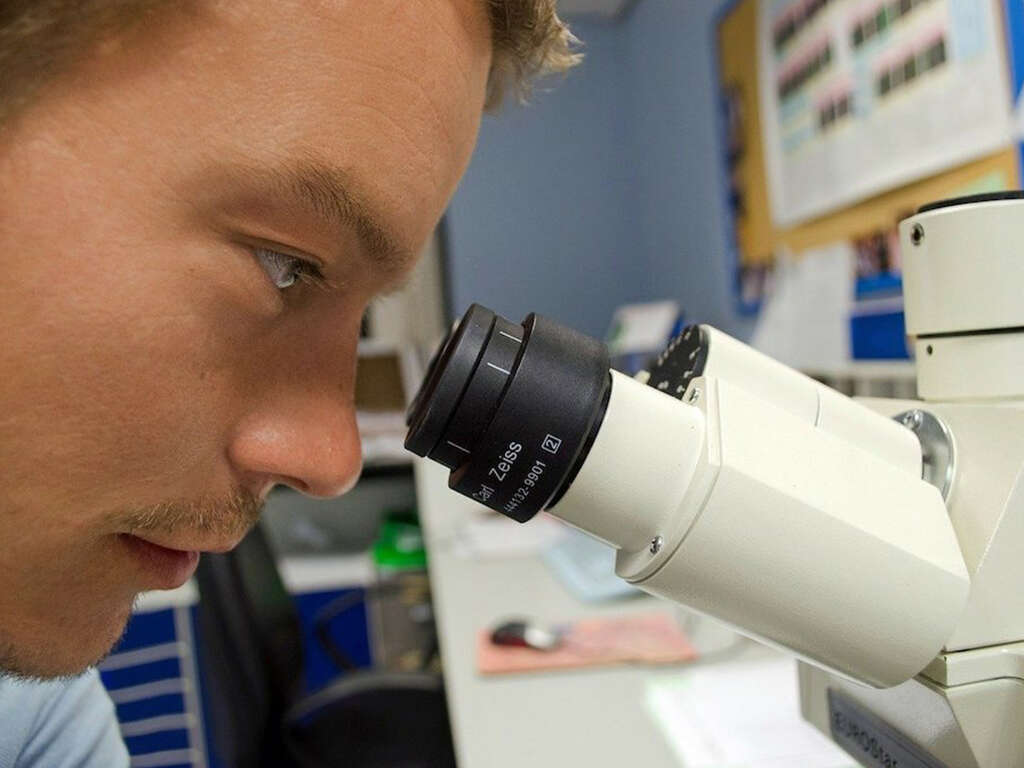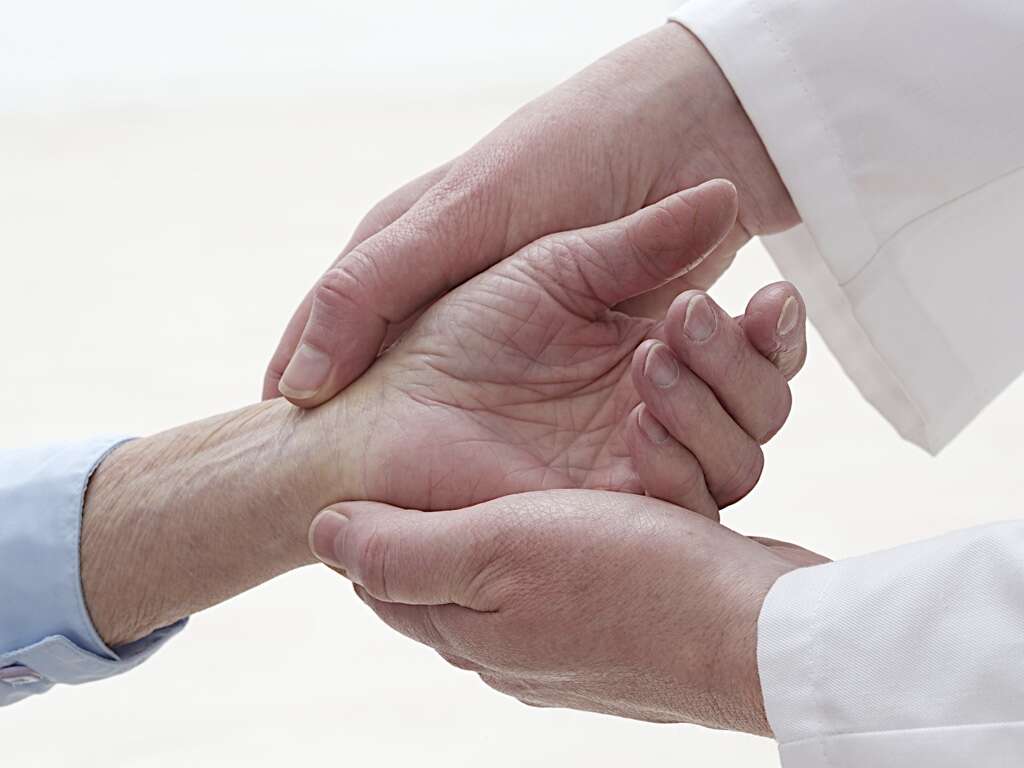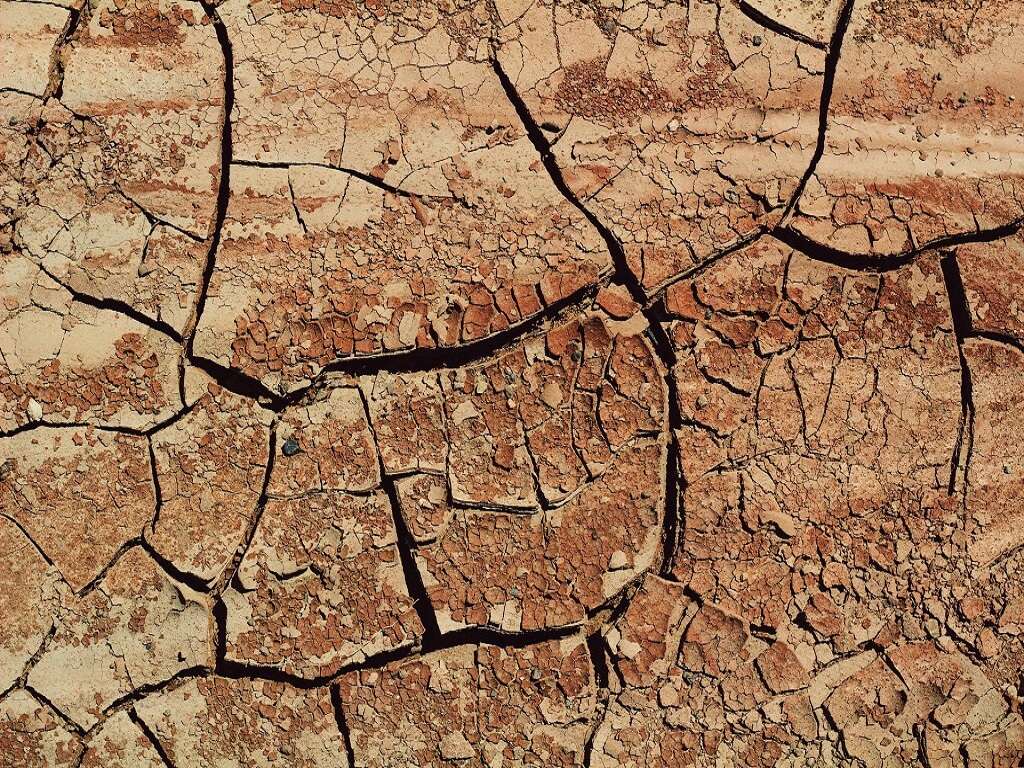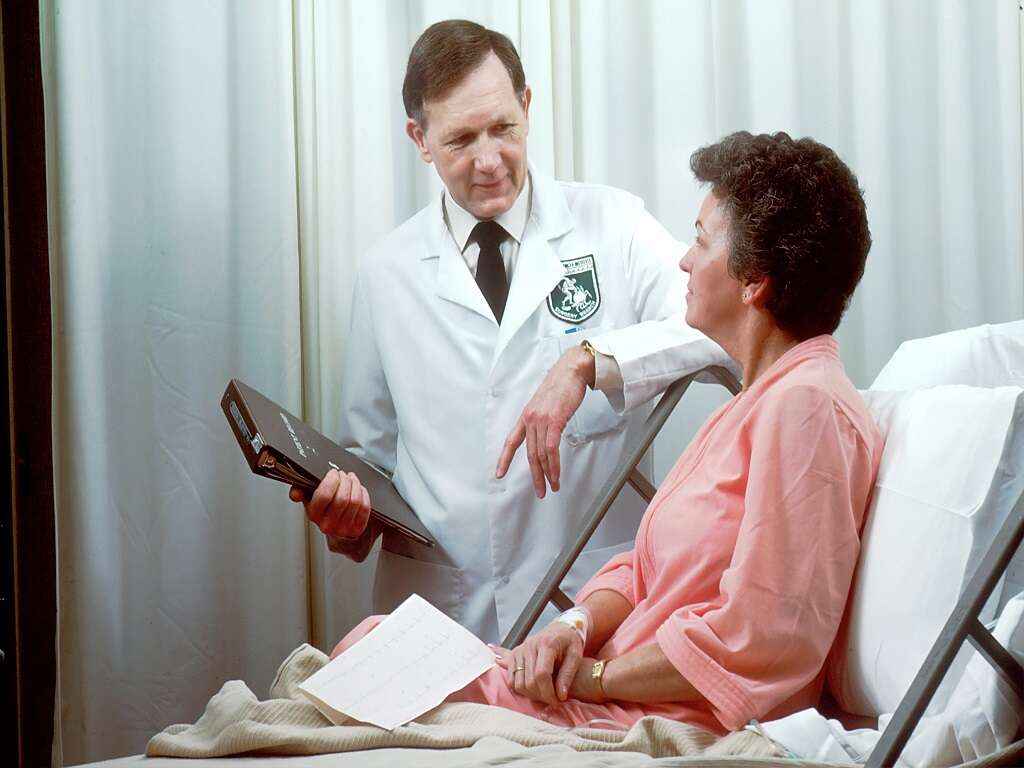What Is Rosacea?
Rosacea, which is also called adult acne, is an inflammatory skin condition that affects the face, and specifically the forehead, the cheeks, the chin, the nose, and the eyes in adults. While it may appear as teenage acne, rosacea is a different condition. Rosacea can affect both males and females of different ages.
However, it is more common in women than men, and usually occurs for the first time after the age of 30. It starts with a rash, which, if left untreated, develops into more pronounced inflamed bumps or pimples. These may further swell and acquire a bumpy appearance, especially on the nose. Eye irritation, redness, and tearing may also occur. After weeks or months of a flare up, rosacea may go away for a while before flaring up again.
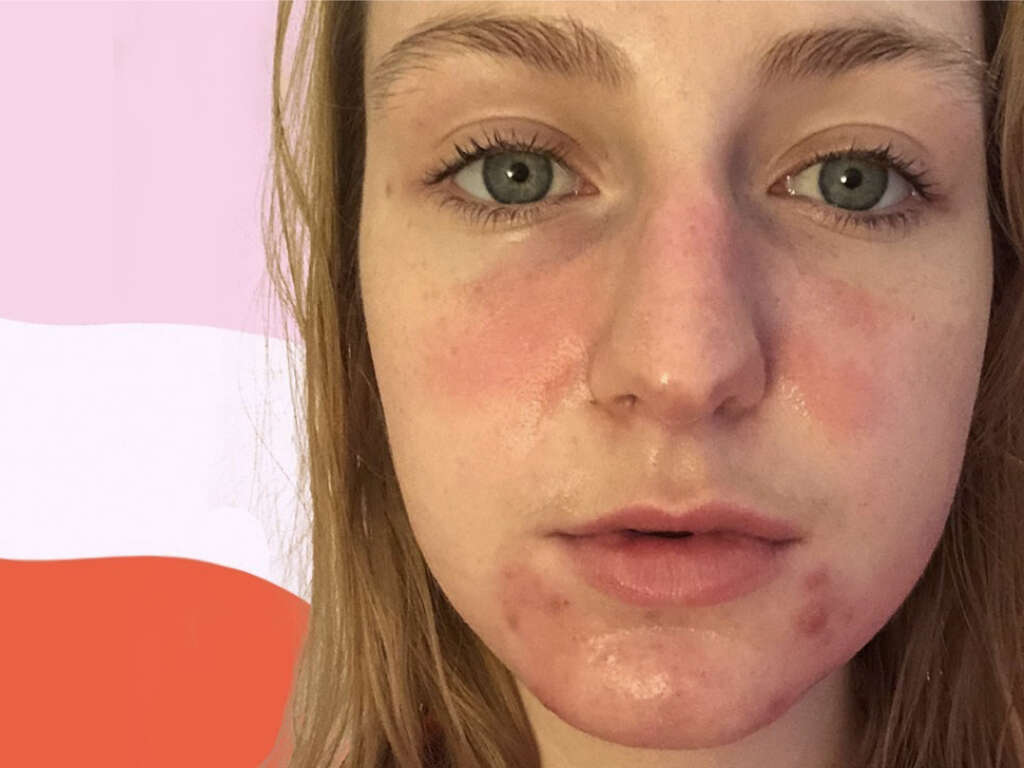
1. Symptoms of Rosacea
Rosacea symptoms vary from one person to another. However, in most cases, it begins as blushing that may spread from the face to the neck and the chest. The rash may look like sunburn that doesn’t go away. The redness may be followed by small spots or bumps and fluid-filled papules.
Inflammation may also occur in the eyes and cause them to redden and tear. At this stage, the condition is called inflammatory rosacea. Rosacea may be mistaken for acne, skin allergy, or eczema. If it remains untreated, swelling may occur on and around the nose, causing the nose to appear enlarged.

2. Causes of Rosacea
It isn’t clear what causes rosacea, but there is a likelihood that some hereditary and environmental factors may have a part in it. For some reason, light-skinned people are more prone to rosacea.
Additionally, a person who has a close family member with the condition has a higher likelihood of getting it. This shows that the condition may have a genetic predisposition. According to some dermatologists, facial blood vessel abnormalities may also lead to the flushing and the recurring redness associated with rosacea. However, this doesn’t explain what causes the inflammation that causes blood vessels to be visible under the skin.
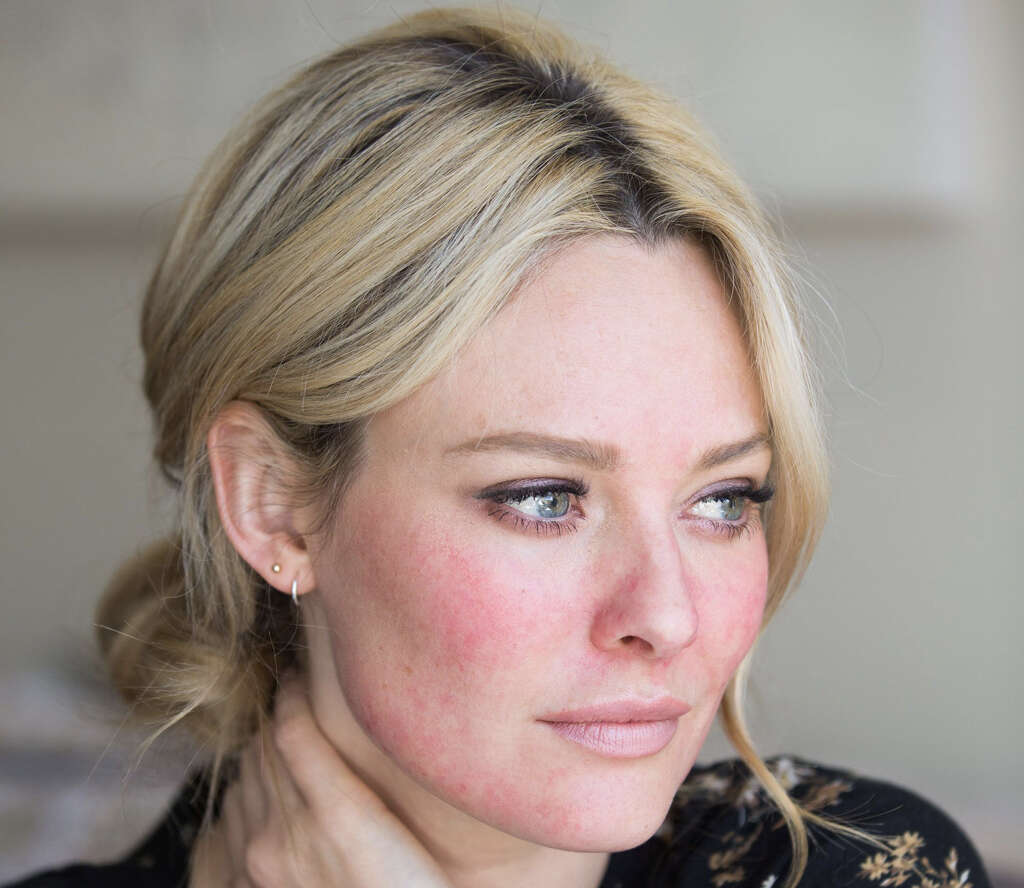
3. H. Pylori and Microscopic Mite
H. pylori is a type of bacteria that is naturally present within the human gut. The bacteria stimulate production of a peptide called bradykinin that is known to cause dilation of blood vessels. According to some medics, an increase in the numbers of H. pylori may cause rosacea to flare up.
A microscopic mite called Demodex folliculorum that is naturally present on human skin is also considered to play a part in the development of rosacea. Studies have found that people with rosacea have significantly higher numbers of the mite than those without. It is, however, unclear whether the mite causes rosacea or the mites increase in numbers during a rosacea flare up.

4. Rosacea and Chronic Diseases
Some studies suggest that rosacea is associated with a number of chronic diseases. These include rheumatoid arthritis, celiac disease, multiple sclerosis, and type 1 diabetes. One Danish research study conducted on rosacea patients’ records found that rosacea patients were about twice as likely to have type 1 diabetes, rheumatoid arthritis, and celiac disease than those without the condition.
Rosacea patients also had a more than one-and-a-half times likelihood of having multiple sclerosis. Rosacea has also been linked to diseases like high blood pressure, heart disease, depression, and migraines. However, it is unclear how rosacea is linked to these other diseases.
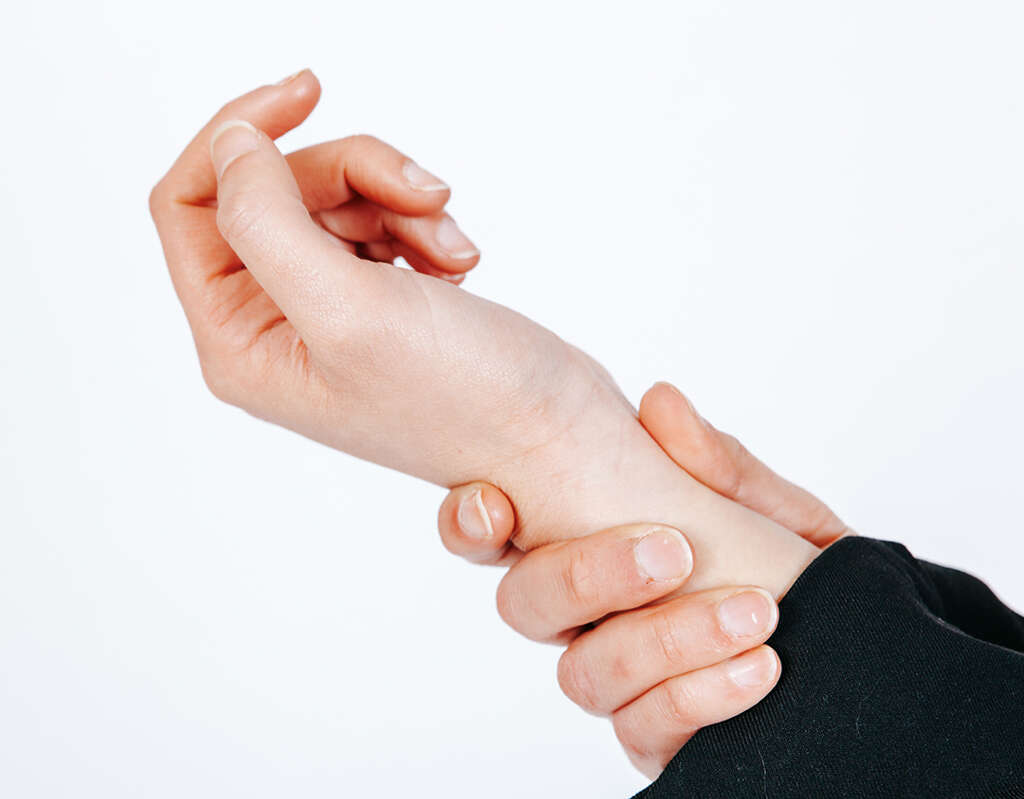
5. Complications
Rosacea is a chronic facial skin condition. And while it is not life threatening, if not properly managed it can have a number of complications, both physical and psychological.
For some reason, in the long term, rosacea causes the skin on and around the nose to swell. The swelling develops as a result of enlargement of the sebaceous glands. The condition, which is known as rhinophyma, is more common in men than women. Rosacea can also lead to conjunctivitis if it affects the eyes. In the long term, rosacea can also lead to loss of self-confidence for patients who feel uncomfortable about their physical appearance.

6. Disease Process
In the first stages, rosacea presents with flushing and redness on various parts of the face, notably the nose, the forehead, cheeks, and the chin. The redness comes and goes and, with time, becomes a common feature such that the victim is almost always red in the face.
If the victim does not commence treatment, or the treatment is not working, small red bumps that may be filled with pus form in the affected areas. Tiny blood vessels may also appear under the skin. With time, complications of rosacea can develop. These include enlarged sebaceous glands leading to swelling on and around the nose. Inflammation of the eyes, also called conjunctivitis, may also occur.
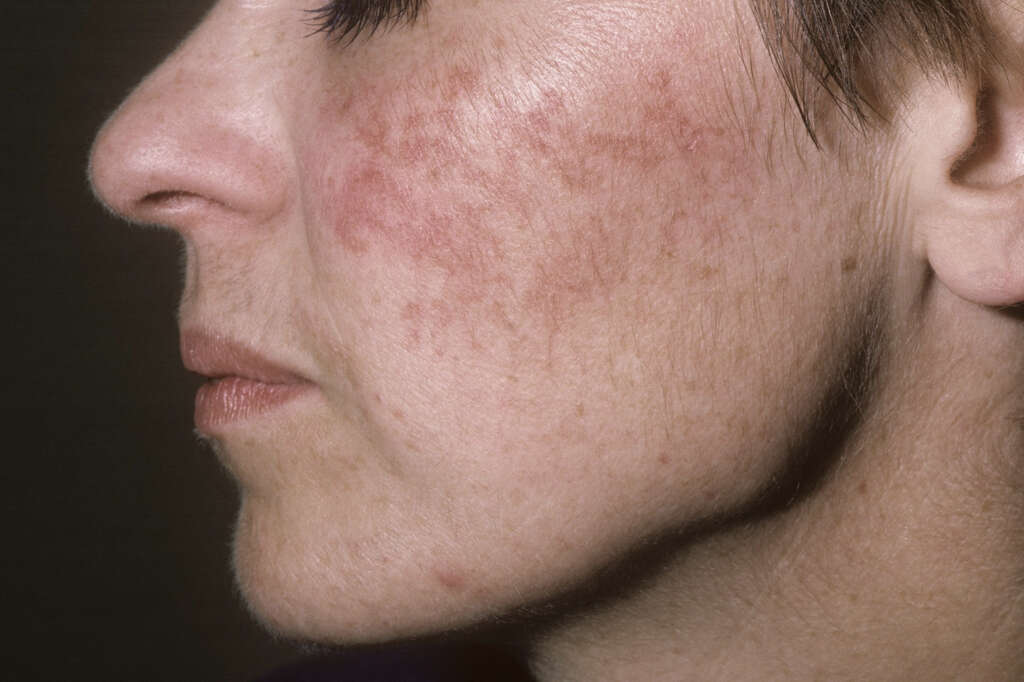
7. Diet and Lifestyle Changes
Hot foods and drinks, spicy foods, caffeine, dairy products, and alcohol are known to trigger rosacea in many people. Other factors that trigger the condition include hot baths and saunas, vigorous exercises, some skin care products, extreme weather, stress, and anxiety. Some medications may also trigger rosacea.
By finding out the things that could be triggering your rosacea, you can avoid them. This way, it may be possible to reduce flare ups or reduce their effects. You can also improve your skin condition by including anti-inflammatory foods in your diet. Cardamom, asparagus, berries, celery, fennel, cucumber, coriander, grapes, cauliflower, pumpkin, okra, turmeric, sweet potatoes, mangos, melons, and leafy greens are all great at reducing the inflammation associated with rosacea.

8. Diagnosis
Because there are no laboratory tests to diagnose rosacea, doctors rely on an examination of the affected skin besides taking the patient’s medical history. This means that a doctor looks for the distinct symptoms of rosacea to differentiate it from other skin conditions like acne and eczema.
In case symptoms of another condition are present, the doctor has to determine if a patient has rosacea in addition to another skin condition. This is important because successful treatment depends on correct diagnosis. It is worth noting that rosacea generally affects the face. Therefore, signs in other parts of the body such as the scalp are suggestive of another skin problem.
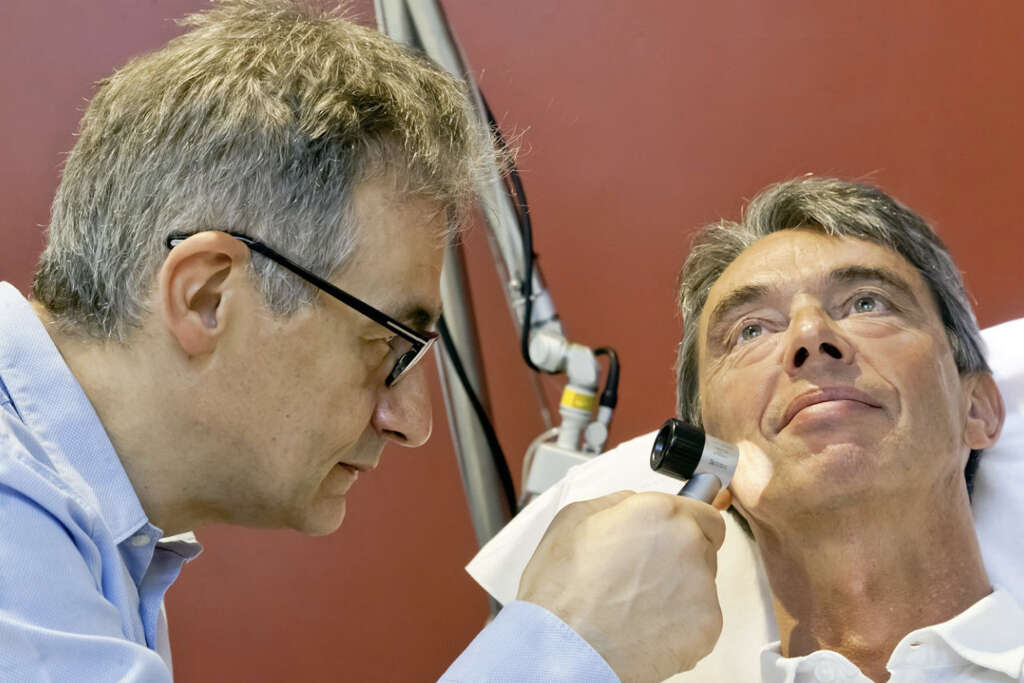
9. Treatment
Because rosacea presents differently in different people, it follows that treatment must be customized to the individual patient. There are a number of treatment regimens that are known to provide relief from the symptoms. The initial treatment, with medications such as azelaic acid and metronidazole, is aimed at relieving the symptoms.
Oral antibiotics like doxycycline are sometimes used to treat more serious rosacea while severe cases are treated with more powerful medications such as isotretinoin. Long-term treatment with anti-inflammatory medications may also be necessary to prevent or delay flare ups. Some doctors also use laser therapy to constrict the enlarged blood vessels and thus improve skin appearance.

10. Long-Term Outlook
Rosacea is a chronic condition. And although rosacea is not life threatening, it can negatively affect the patient’s quality of life by robbing them of some of their self-confidence.
For this reason, it is important to find out what may be triggering the condition in your body. You can do this on your own or with the help of a healthcare professional. With this knowledge, it is possible to find an appropriate treatment and management routine to keep it in check. A regime that includes avoiding known triggers, consuming anti-inflammatory foods, and using medication when necessary can help you to lead a normal life with minimal flare ups.




